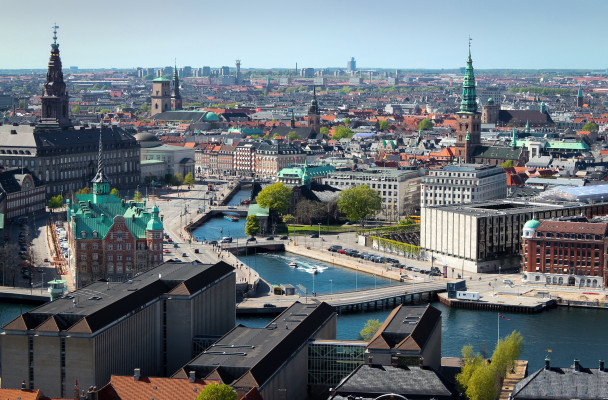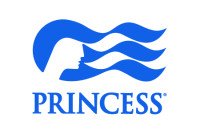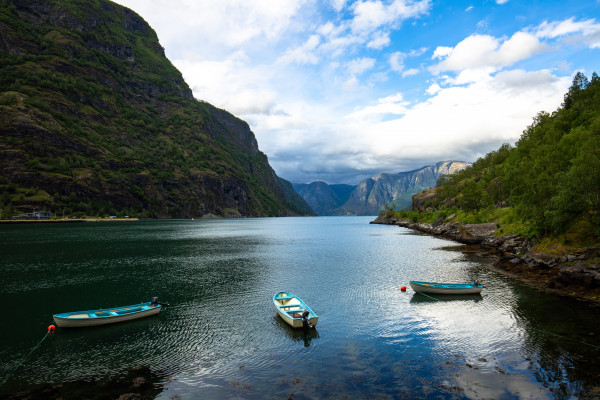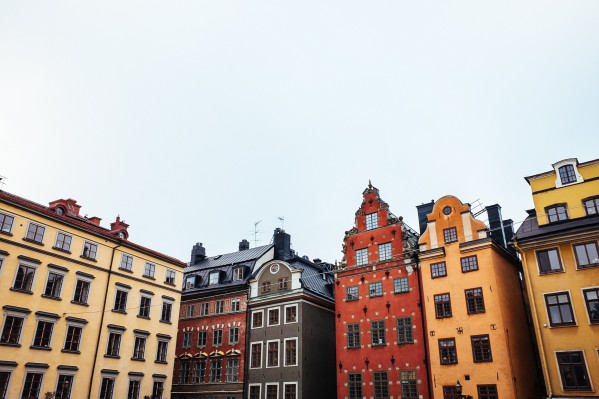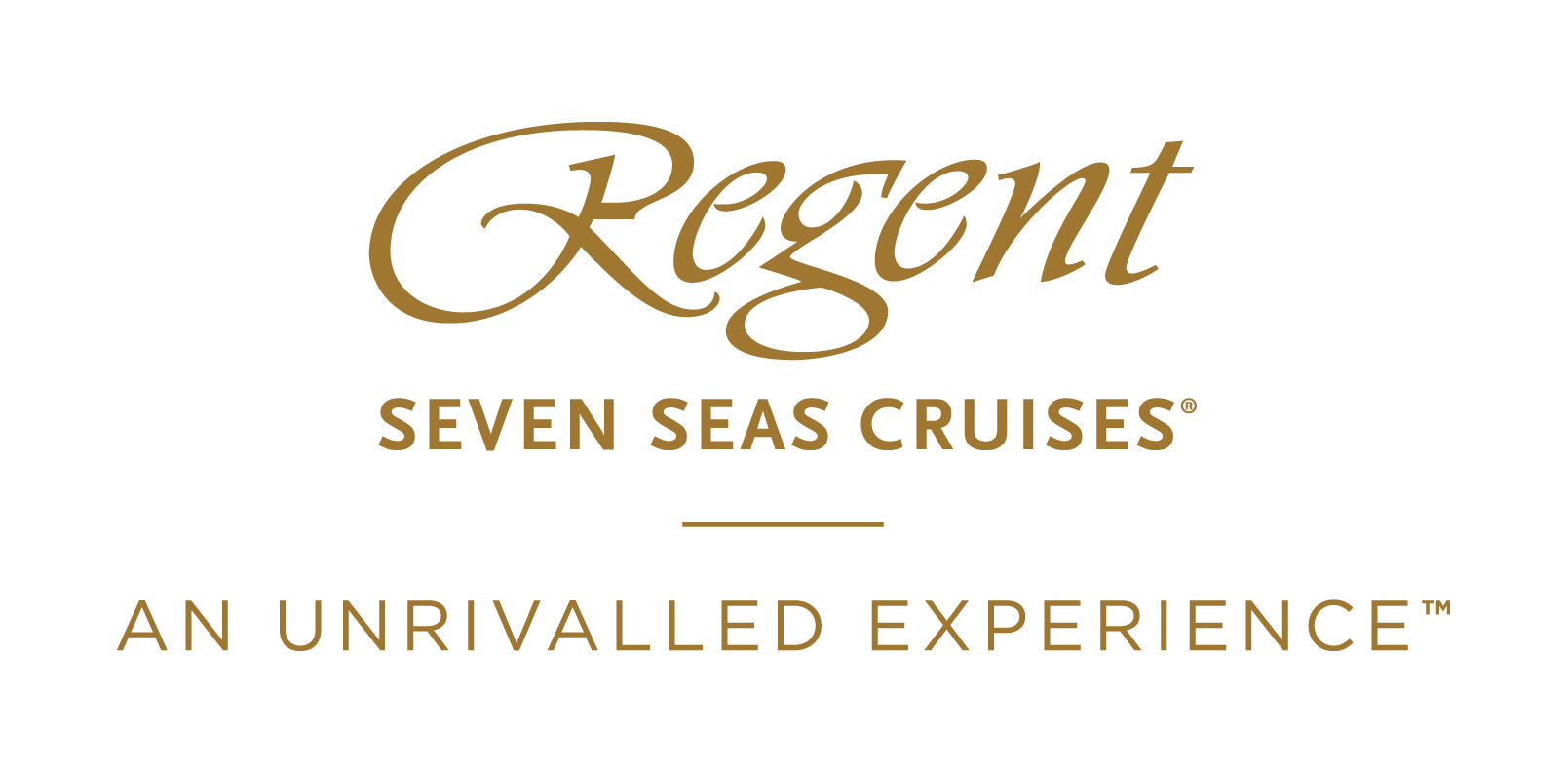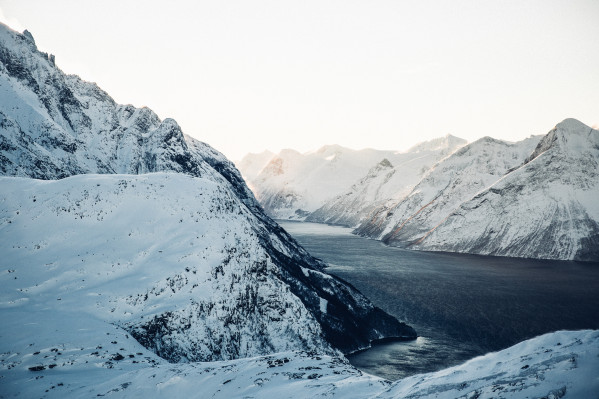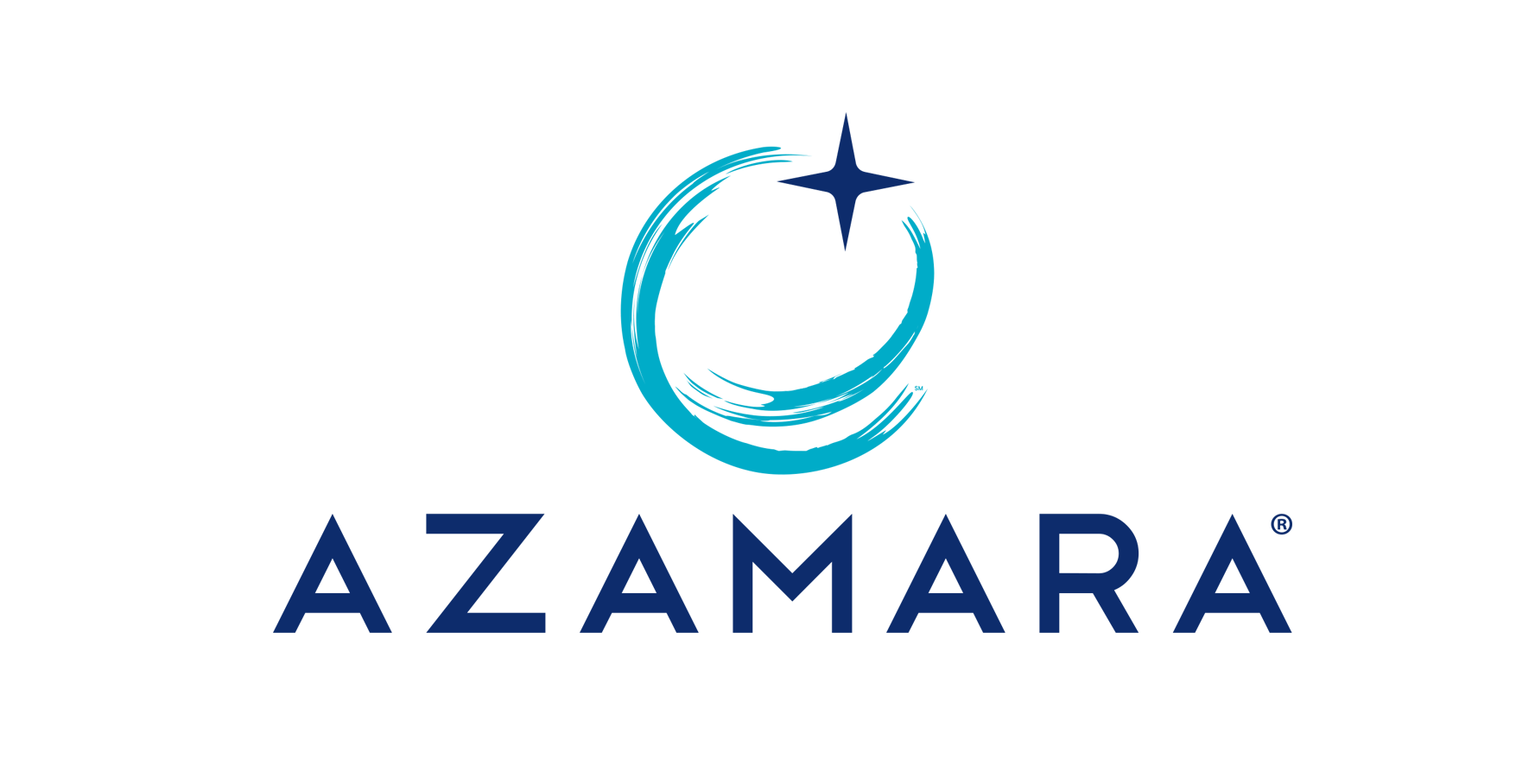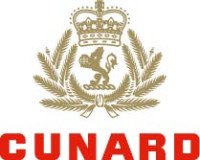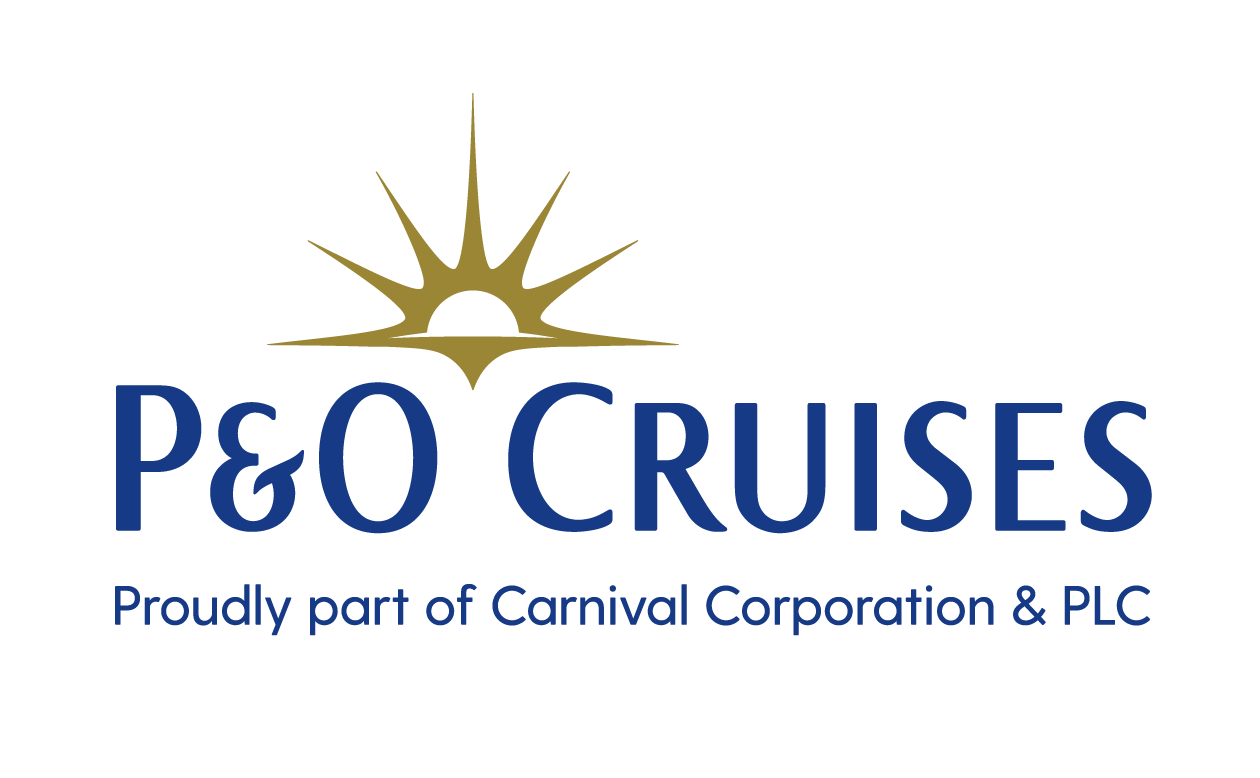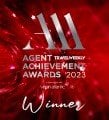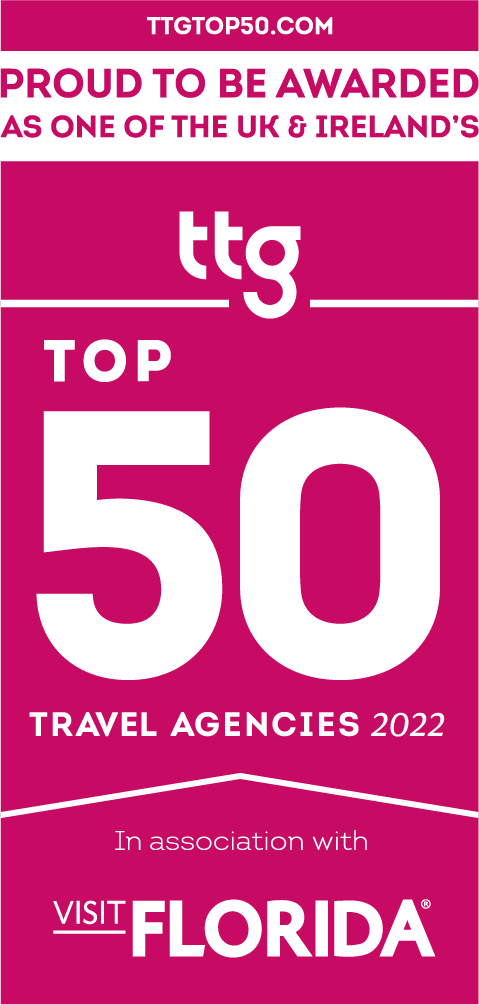Baltic Cruises
Discover the beauty of the Baltics with a cruise that immerses you in the culture of destinations such as Stockholm, Lithuania, Finland, Norway and Russia.
This enchanting region is the land of castles, magical lakes and architecture. The storybook ruins of Tallinn, Estonia’s capital, and the ghostly ruins of Ludza Castle in Latvia make the Baltics a place of mesmerising wonder and wanderlust.
Cruises often visit countries on the way to the central Baltics, including Norway and Denmark – gateways to the Baltic Sea. Here, explore the ancient fjords and mountains of Oslo or the historic capital city, Copenhagen, and set the enticing tone of what is to come as you travel close to the Baltic regions. The three main Baltic cities, Lithuania, Latvia and Estonia, are peaceful and picturesque. A pastel palette of residential areas complete with turrets and fairytale castles.
With so many fascinating itineraries to choose from, our expert Cruise Concierge team can help to plan your perfect Baltic cruise holiday. Call us now to hear about the best ways to cruise the Baltics.
Bergen
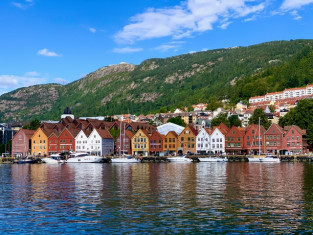
Bergen
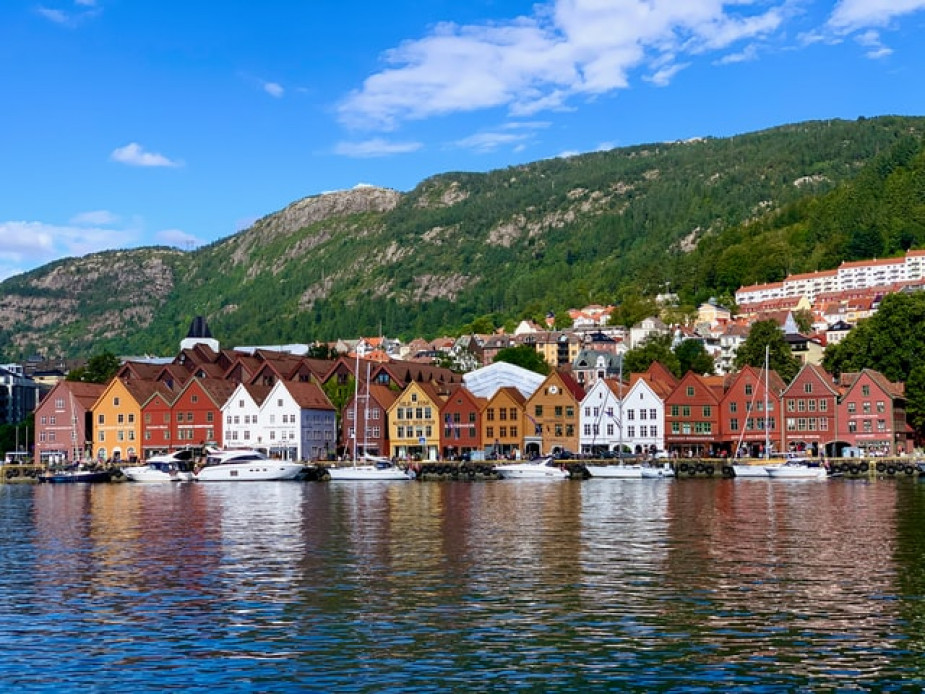
Tromsø
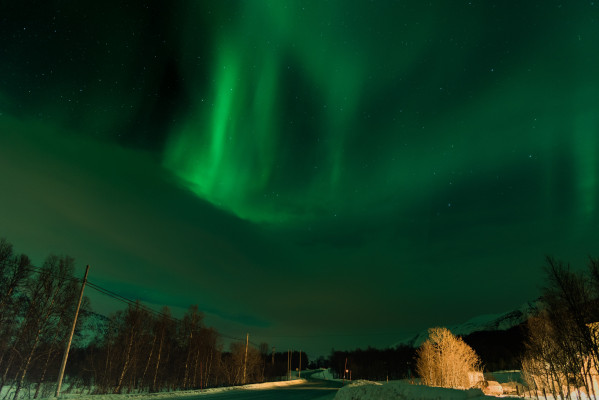
Tromsø
Molde
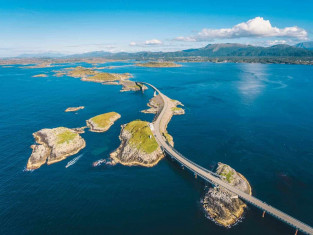
Molde
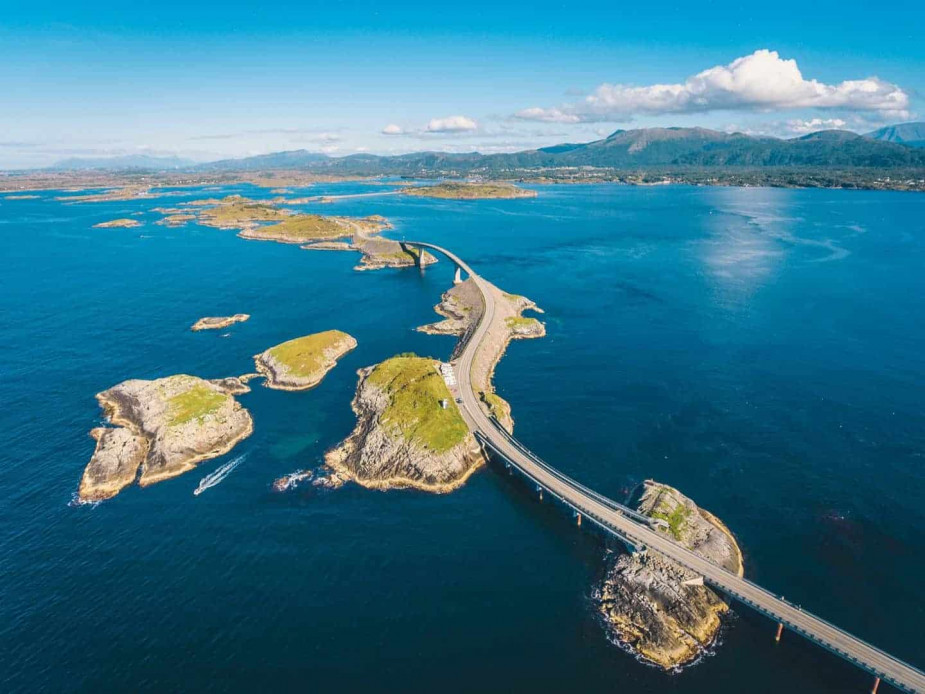
Kristiansund

Kristiansund
Kristiansund is a town and also name of the municipality on the western coast of Norway. It is known as the dried codfish capital of Norway.
It is a city situated in the middle of the sea, located over four islands. The small local ferry Sundbaten takes visitors and locals alike between the Kirkelandet, Innlandet, Nordlandet and Gomalandet.
The Norwegian Clipfish Museum is located at Milnbrygga wharf. The town was built partly on the fishing heritage of clipfish, which is split, salted cod dried traditionally on the cliffs along the sea.
Kraftkar cheese is from here, and Snadderfestivalen is the annual food festival every June, which celebrates local food, craft beer and aquavit.
Hammerfest
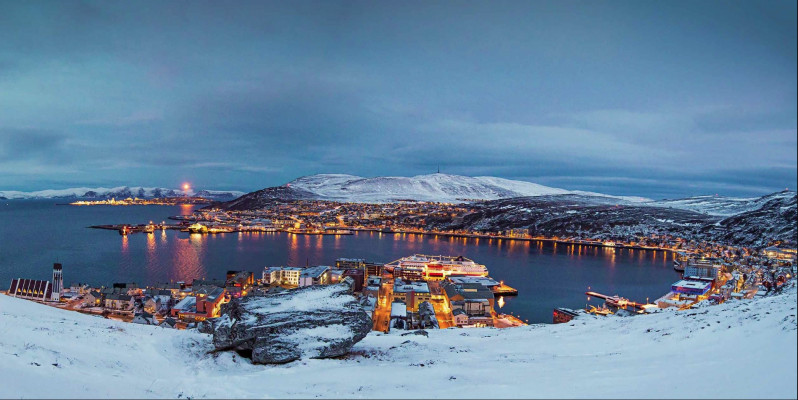
Hammerfest
Bodø
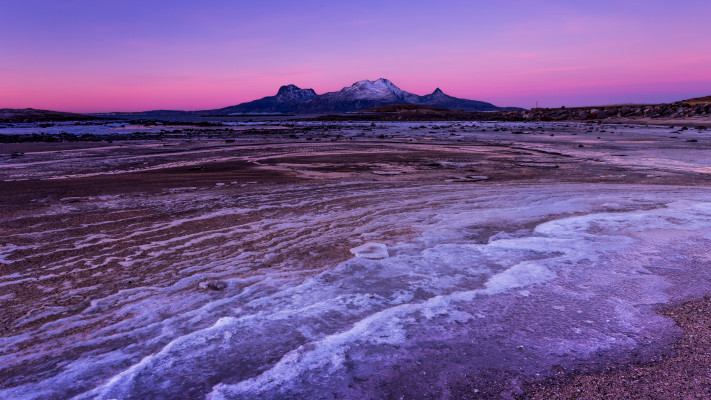
Bodø
Finnsnes

Finnsnes

Finnsnes is a small town in the municipality of Troms og Finnmark county.
Finnsnes has an avid fishing and agriculture industry, with fish farming growing in importance, and popular week-long summer festival. Its central park has a natural lake within it.
It is known as the gateway to Senja, being located on the mainland near the Island of Senja just across the Gisundet Strait.
Senja is known as an adventure-filled island and a minuature Norway, with mountains, fjords and small communities.
Sortland, Vesteralen Islands

Sortland, Vesteralen Islands
Kirkenes
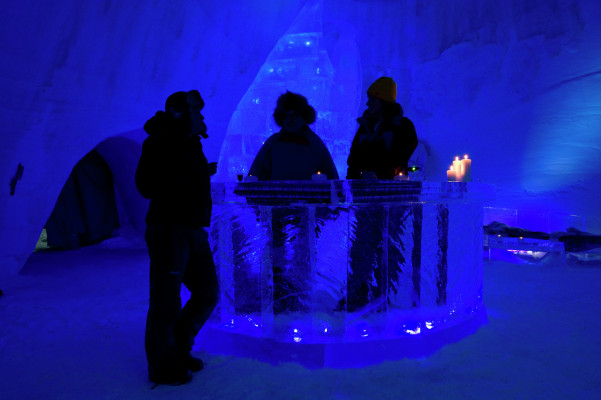
Kirkenes
Nesna
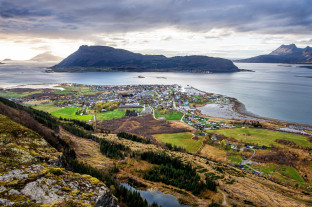
Nesna

Nesna is a pretty, former trading post village on the mainland of Norway that is part of the Helgeland traditional region in Norway's Nordland area.
The picturesque islands of Hugla, Handnesoya and Tomma are seen from the village and by cruise ships sailing in the area. The village still runs in quite a traditional way and locals can be seen going about their daily lives, mainly involved in the local fishing industry.
Øksfjord
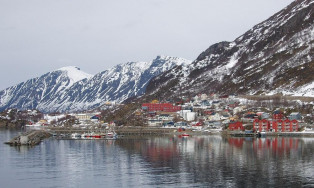
Øksfjord

The small fishing village of Øksfjord in Finnmark lies in the far north of Norway, in the Artic above 70°. It is an ideal port to see what real rural Norwegian life is like, with a population of merely 500 in the whole district of Loppa, which Øksfjord is the administrative centre for.
Øksfjordjøkulen, the fifth largest glacier in Norway is nearby, to the southeast of the village, and stands at nearly 4,000ft above sea level. It is the only glacier in mainland Norway which calves directly into the sea. This is something that only happens with glaciers in the Arctic, and nowhere else in the world, so is a facinating and unique event to see.
12,000 years ago, the Komsa, a tribe of Meolithic hunter-gathers lived in the area.
Øksfjord grew in the nineteenth century, when huge shoals of herring arrived. The main industries there today are fish processing plants and shipyards, showing the importance of maritime industry to the area.
Ålesund
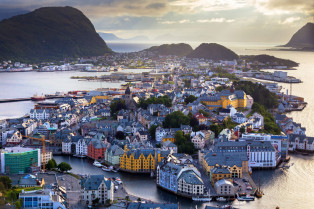
Ålesund

Copenhagen
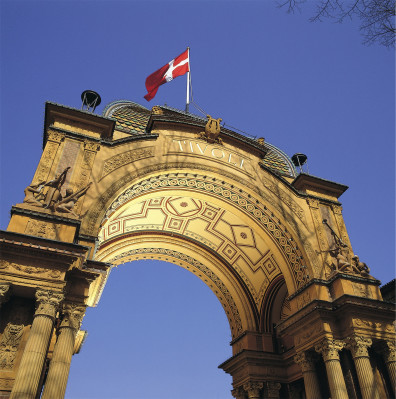
Copenhagen
Skagen
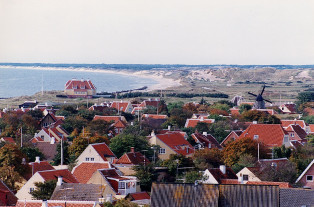
Skagen
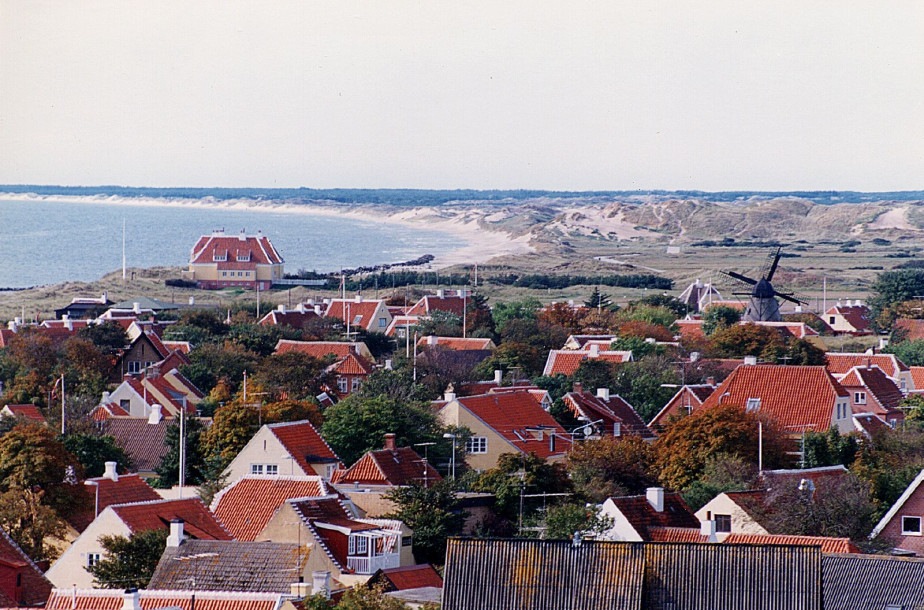
Aalborg
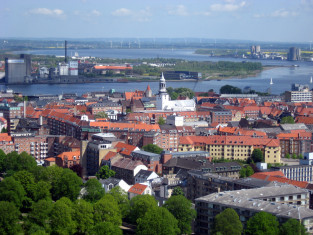
Aalborg
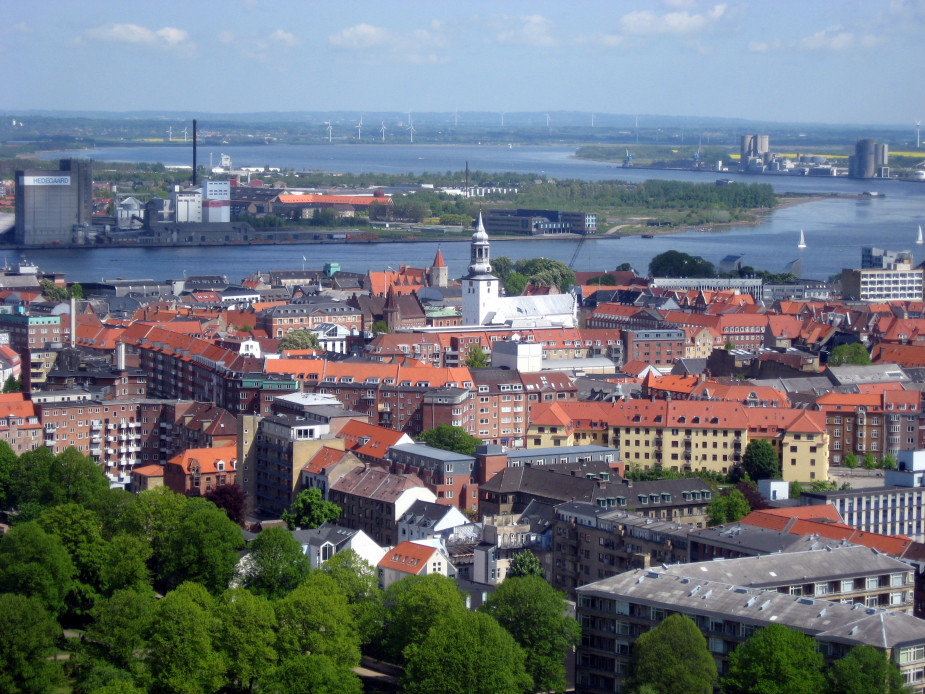
Aarhus
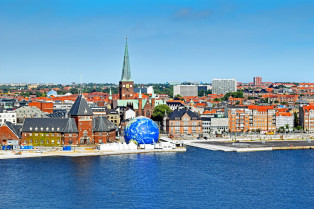
Aarhus
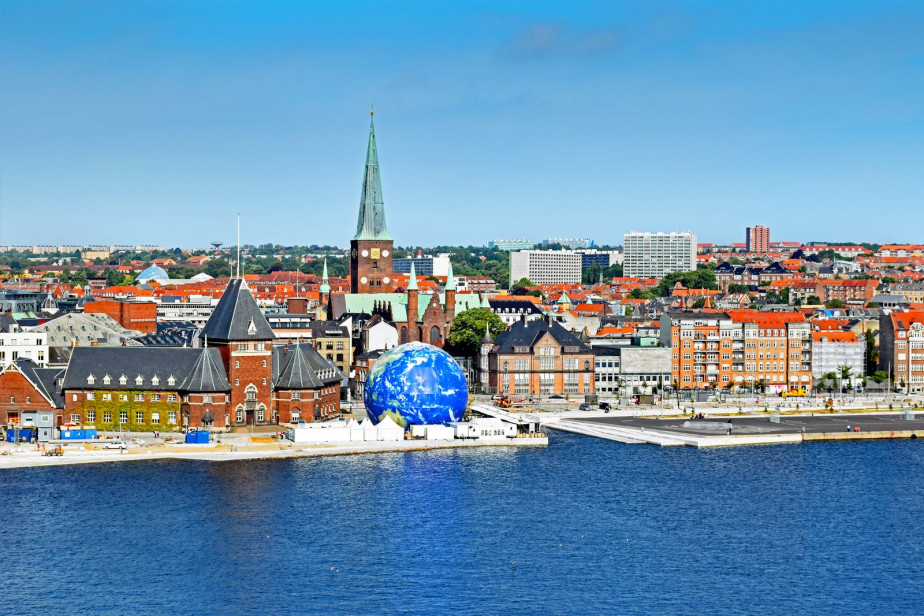
Rønne

Rønne
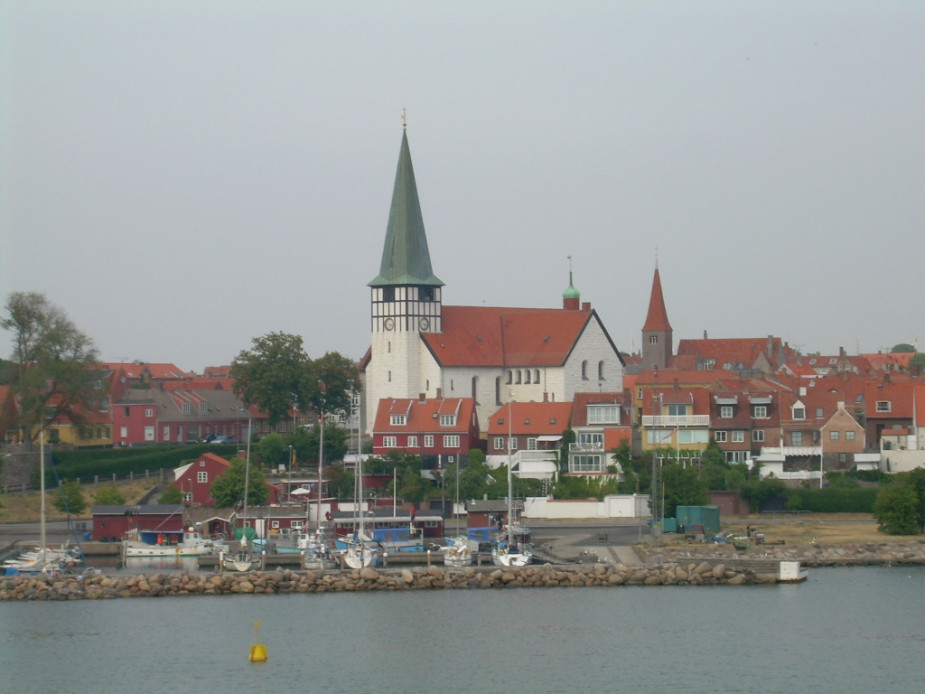
Bornholm Island
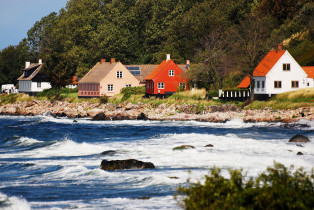
Bornholm Island
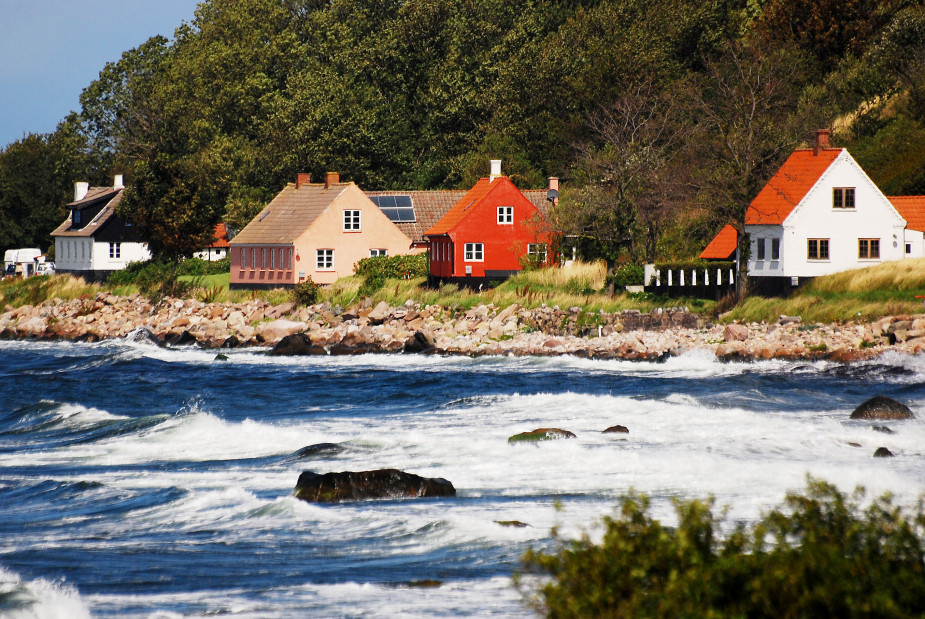
Fredericia
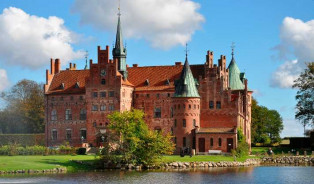
Fredericia

Gudhjem, Bornholm
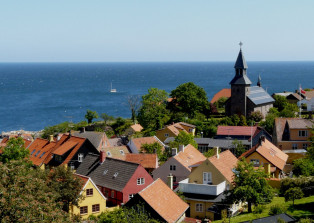
Gudhjem, Bornholm

Kalundborg
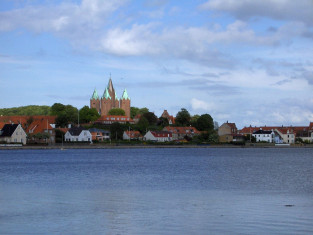
Kalundborg

Esbjerg
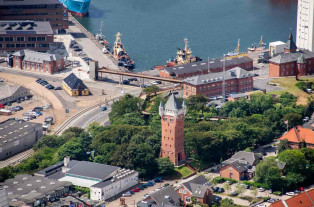
Esbjerg
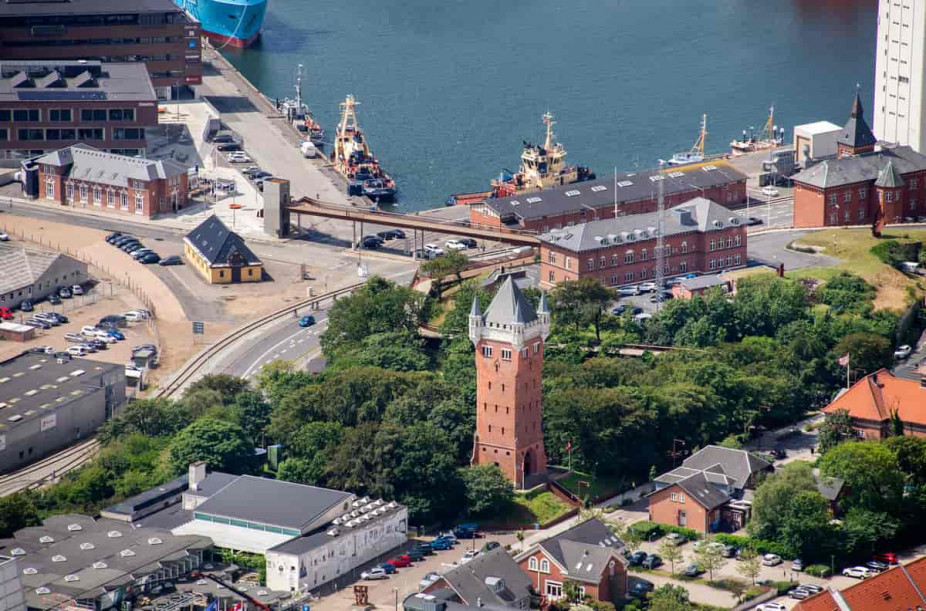
Christiansø Havn
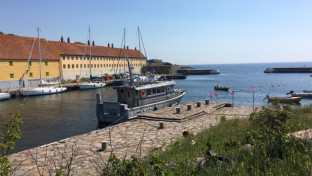
Christiansø Havn

Qingminguartalik
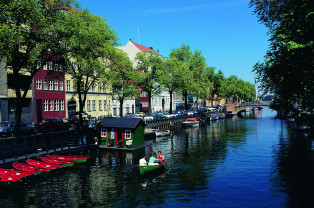
Qingminguartalik

Klaipeda

Klaipeda
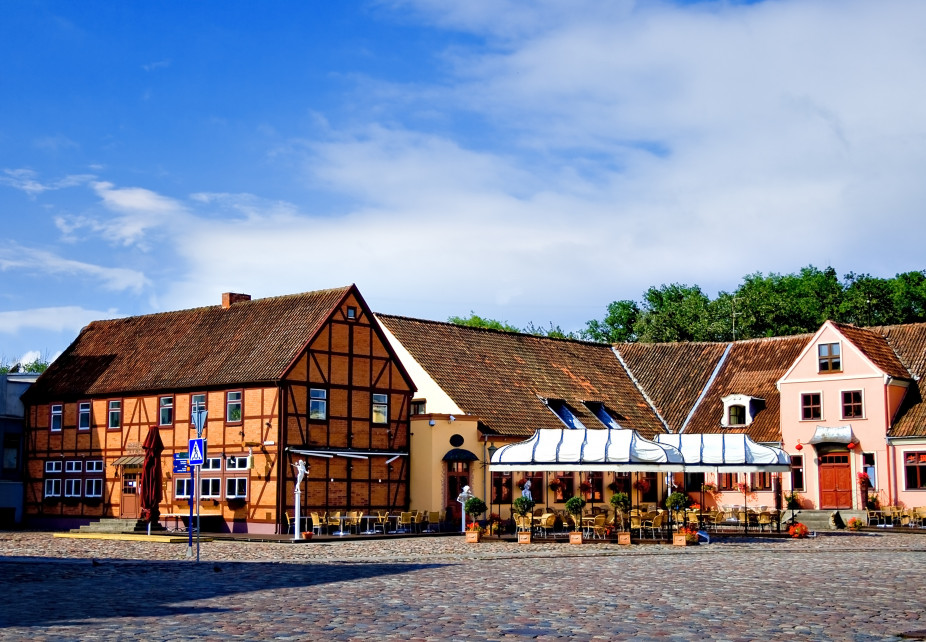
Riga
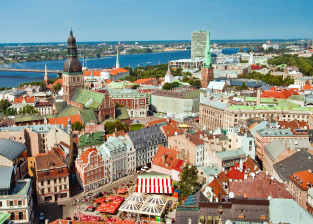
Riga
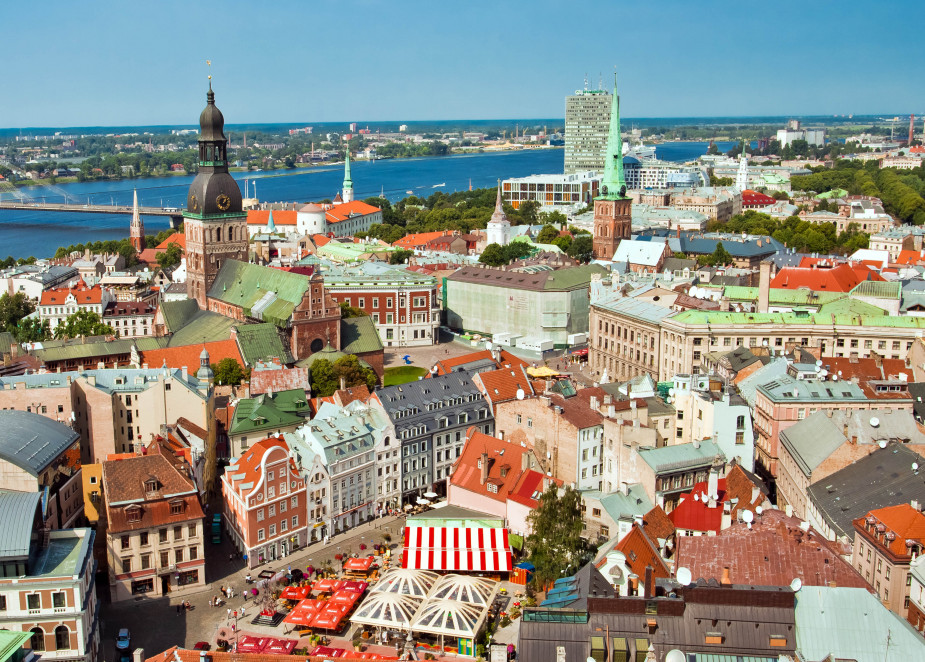
Liepaja
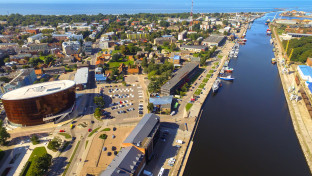
Liepaja
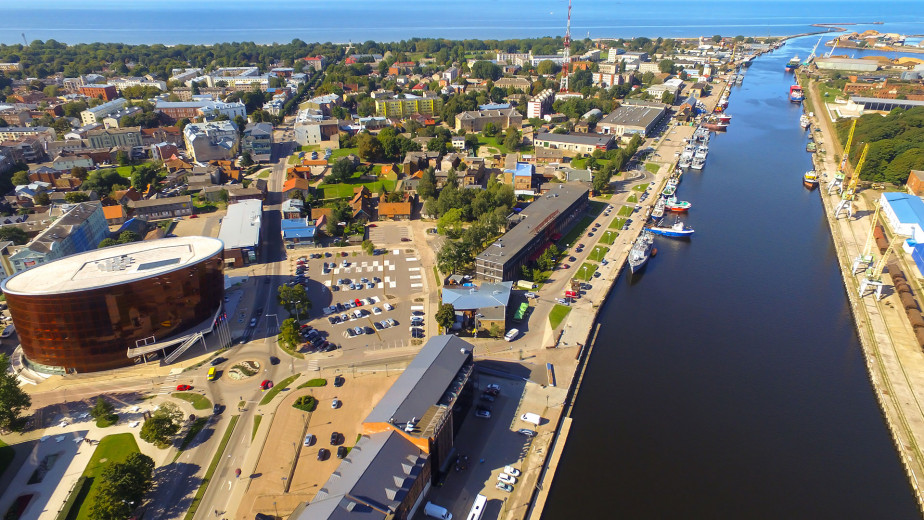
Tallinn

Tallinn
Saaremaa sadam
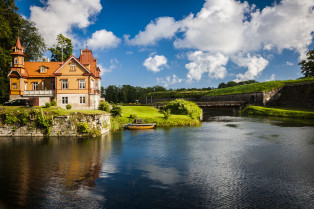
Saaremaa sadam
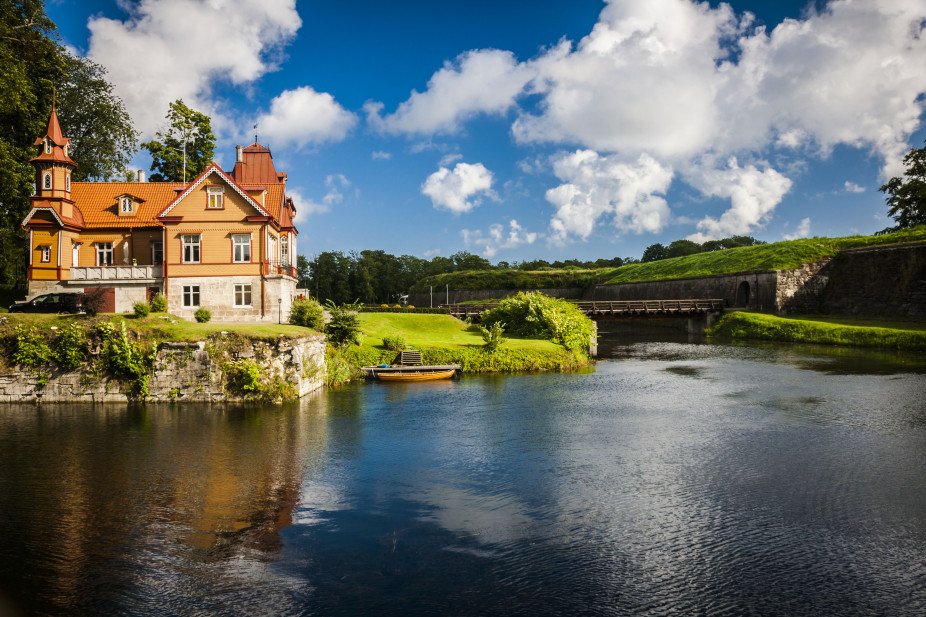
Kuressaare

Kuressaare

Stockholm
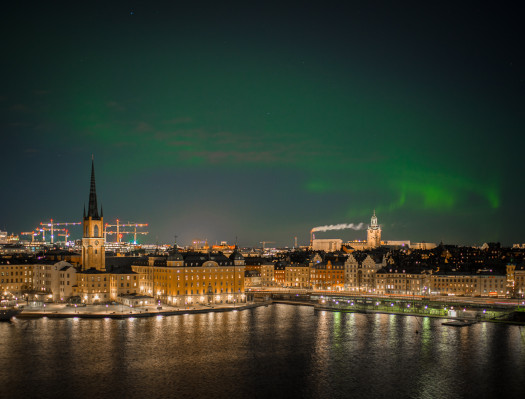
Stockholm
Luleå
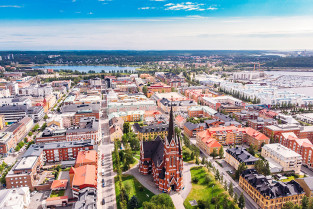
Luleå
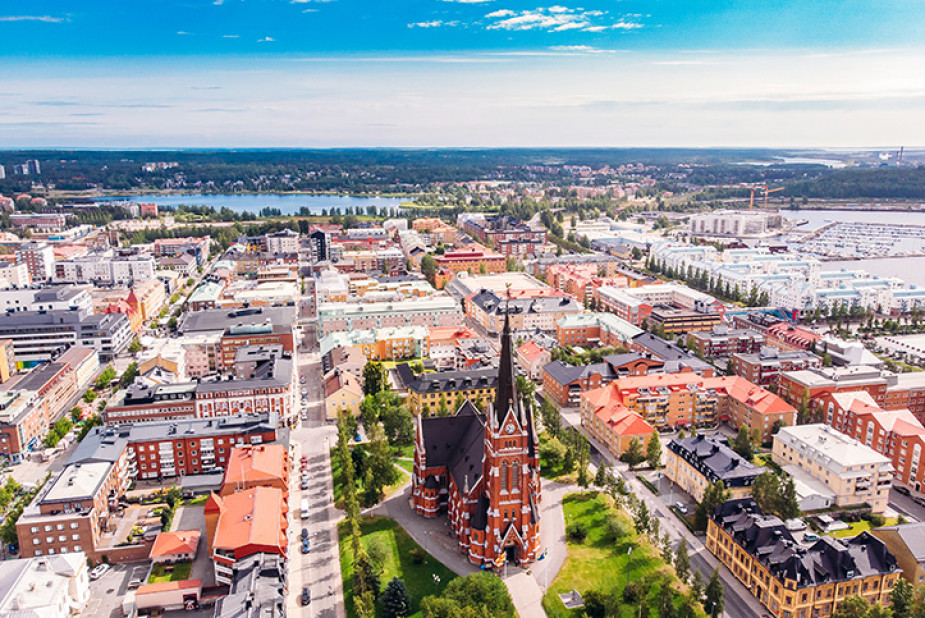
Visby
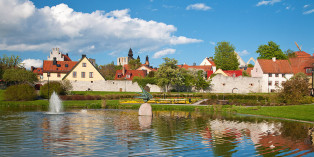
Visby
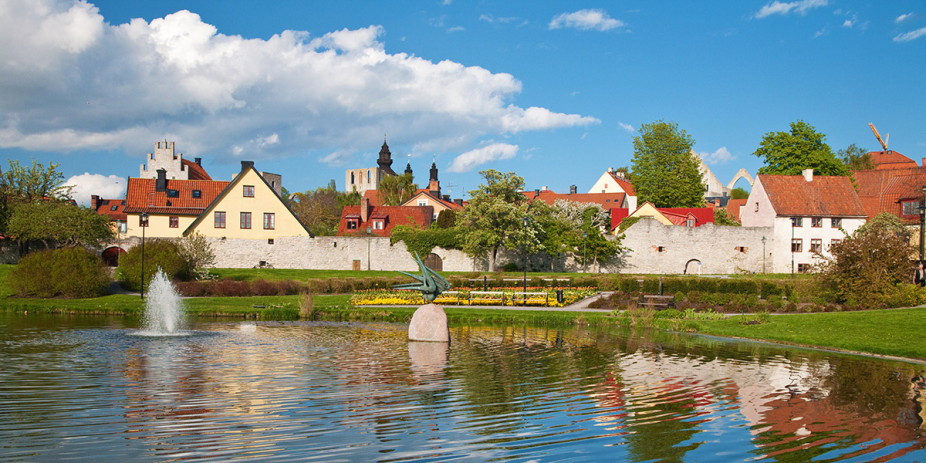
Nynashamn
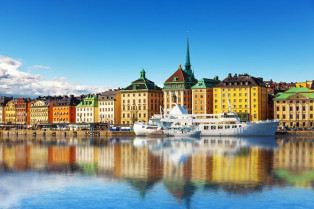
Nynashamn
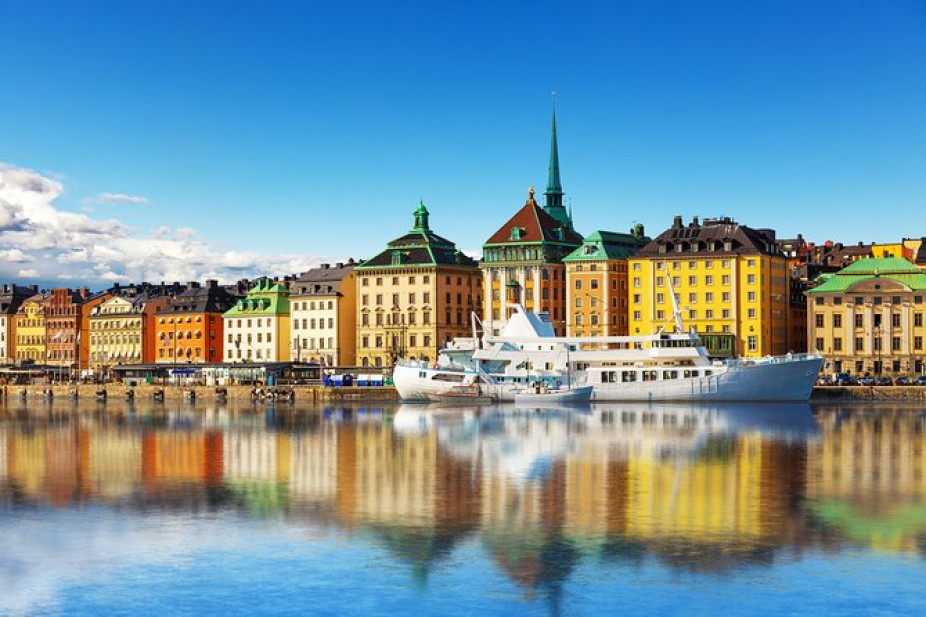
Gothenburg
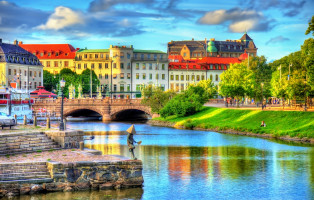
Gothenburg
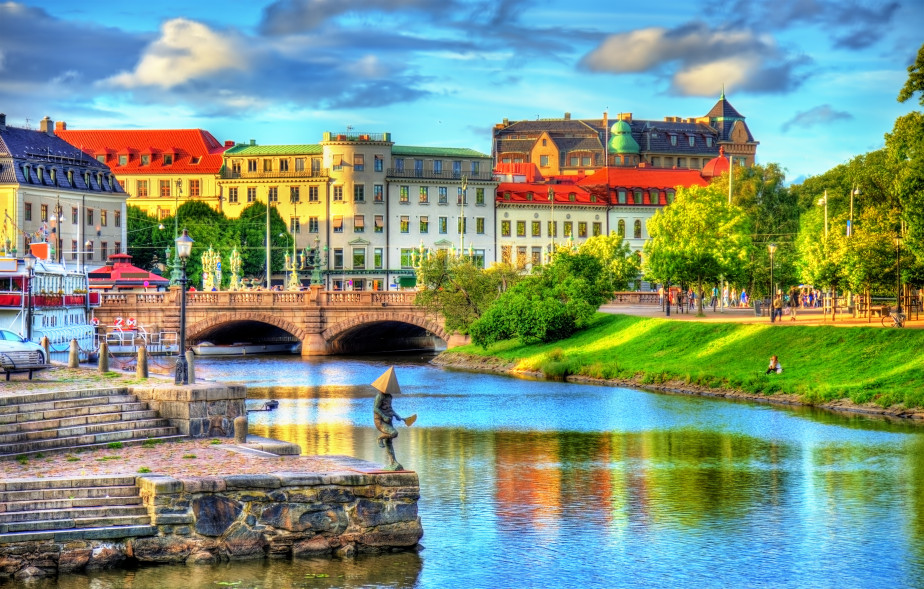
Karlskrona
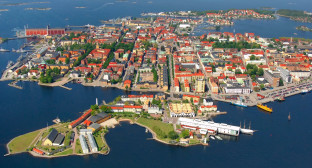
Karlskrona

Ystad
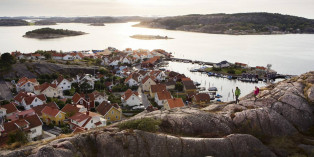
Ystad
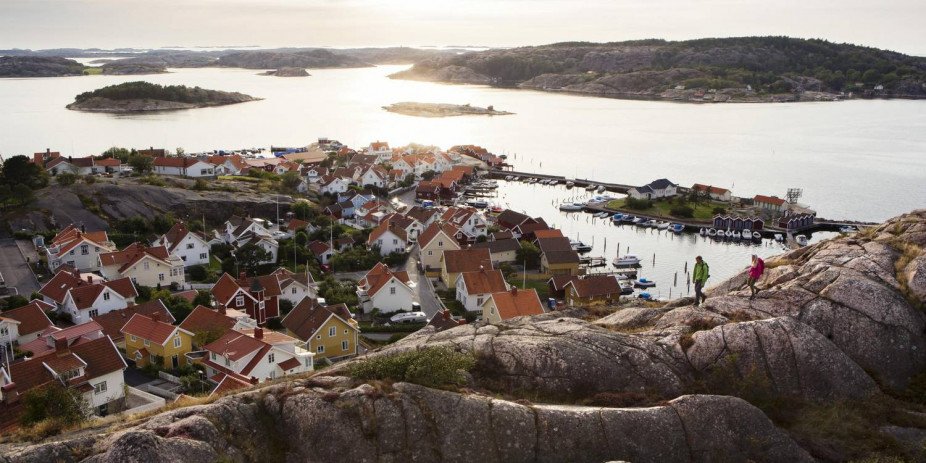
Helsingborg
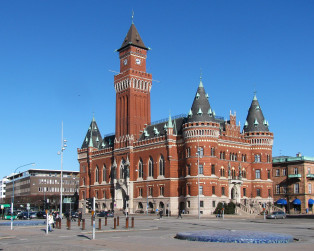
Helsingborg
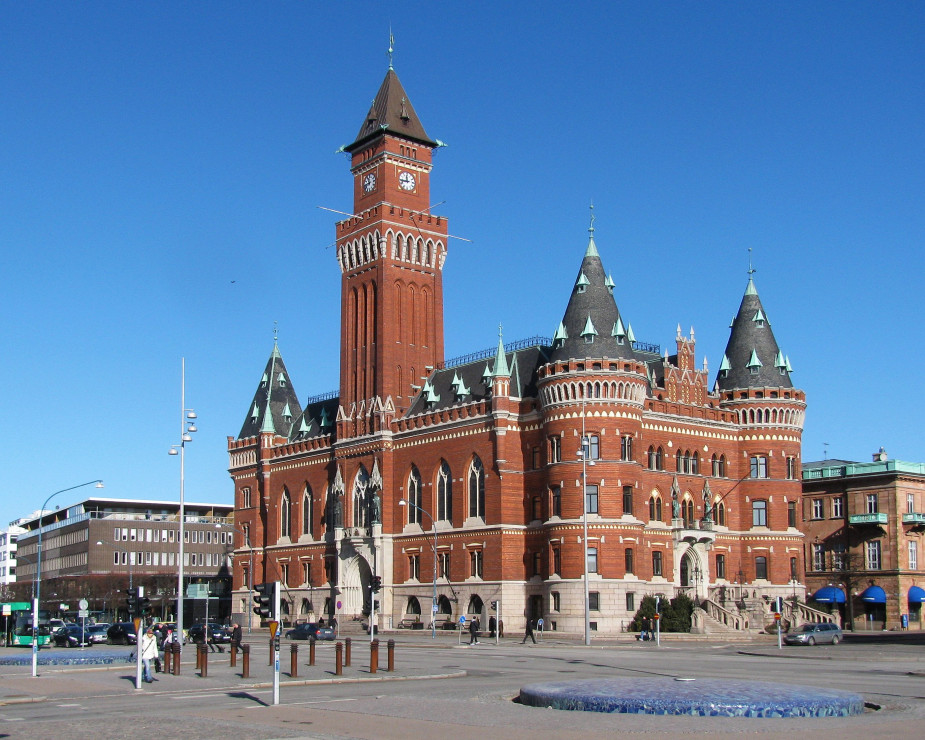
Lysekil
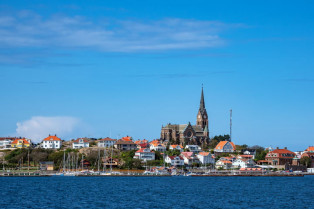
Lysekil
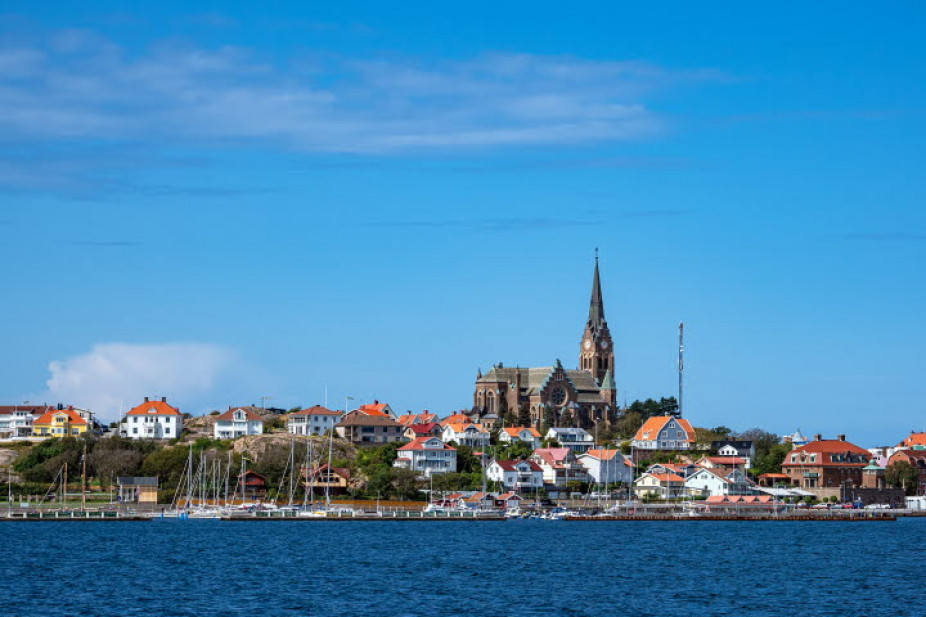
Gotska Sandön

Gotska Sandön

Koster Islands
-custom_thumb.jpg)
Koster Islands
-custom_small_banner.jpg)
Örnsköldsvik
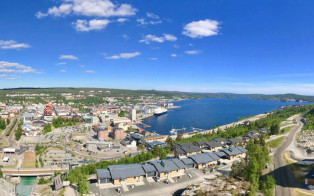
Örnsköldsvik

Saint Petersburg (ex Leningrad)
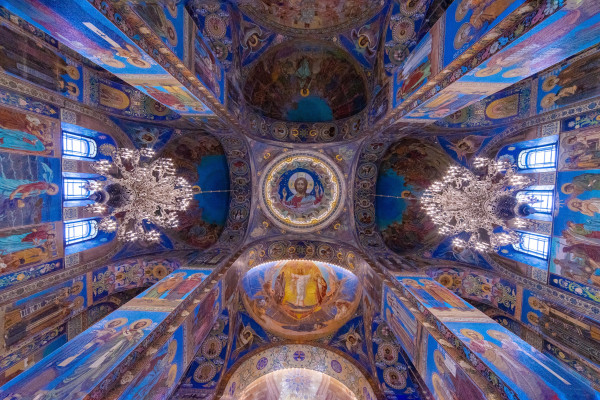
Saint Petersburg (ex Leningrad)
Mandrogi
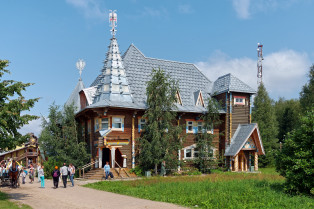
Mandrogi
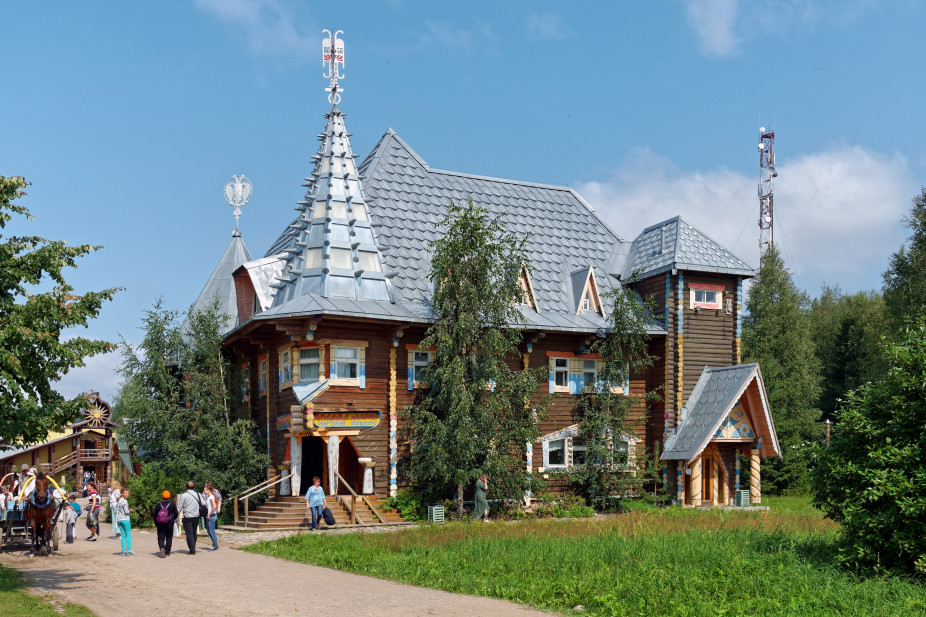
De Long Islands
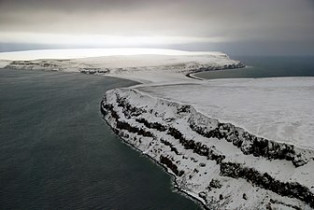
De Long Islands

Moscow
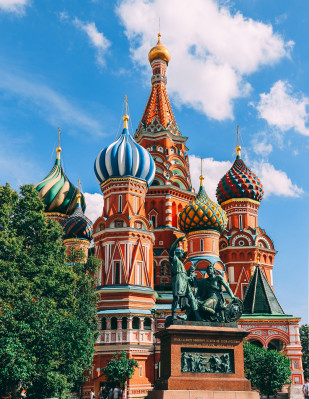
Moscow
Yaroslavl
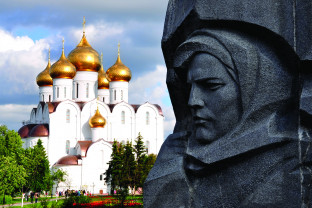
Yaroslavl

Uglich
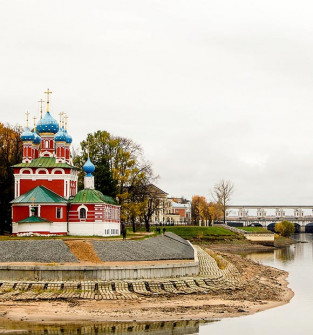
Uglich

Kizhi Island
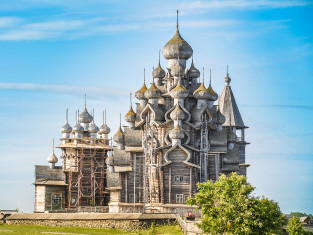
Kizhi Island

Kuzino
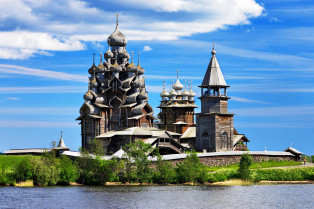
Kuzino

Petropavlovsk-Kamchatskiy
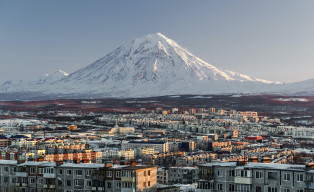
Petropavlovsk-Kamchatskiy

Goritsy, Kirillovsky District
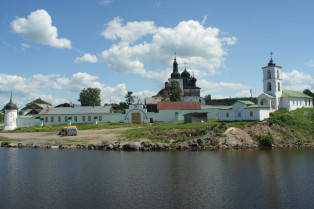
Goritsy, Kirillovsky District

Sochi
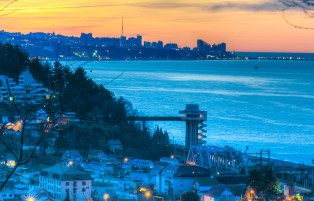
Sochi
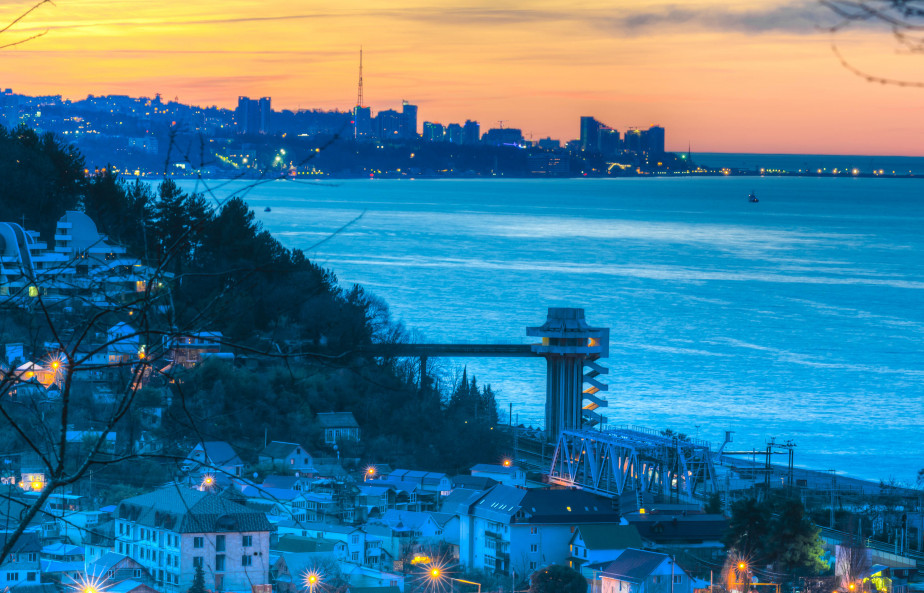
Korsakov
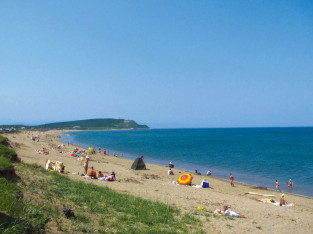
Korsakov

Bergen

Bergen

Tromsø

Tromsø
Molde

Molde

Kristiansund

Kristiansund
Kristiansund is a town and also name of the municipality on the western coast of Norway. It is known as the dried codfish capital of Norway.
It is a city situated in the middle of the sea, located over four islands. The small local ferry Sundbaten takes visitors and locals alike between the Kirkelandet, Innlandet, Nordlandet and Gomalandet.
The Norwegian Clipfish Museum is located at Milnbrygga wharf. The town was built partly on the fishing heritage of clipfish, which is split, salted cod dried traditionally on the cliffs along the sea.
Kraftkar cheese is from here, and Snadderfestivalen is the annual food festival every June, which celebrates local food, craft beer and aquavit.
Hammerfest

Hammerfest
Bodø

Bodø
Finnsnes

Finnsnes

Finnsnes is a small town in the municipality of Troms og Finnmark county.
Finnsnes has an avid fishing and agriculture industry, with fish farming growing in importance, and popular week-long summer festival. Its central park has a natural lake within it.
It is known as the gateway to Senja, being located on the mainland near the Island of Senja just across the Gisundet Strait.
Senja is known as an adventure-filled island and a minuature Norway, with mountains, fjords and small communities.
Sortland, Vesteralen Islands

Sortland, Vesteralen Islands
Kirkenes

Kirkenes
Nesna

Nesna

Nesna is a pretty, former trading post village on the mainland of Norway that is part of the Helgeland traditional region in Norway's Nordland area.
The picturesque islands of Hugla, Handnesoya and Tomma are seen from the village and by cruise ships sailing in the area. The village still runs in quite a traditional way and locals can be seen going about their daily lives, mainly involved in the local fishing industry.
Øksfjord

Øksfjord

The small fishing village of Øksfjord in Finnmark lies in the far north of Norway, in the Artic above 70°. It is an ideal port to see what real rural Norwegian life is like, with a population of merely 500 in the whole district of Loppa, which Øksfjord is the administrative centre for.
Øksfjordjøkulen, the fifth largest glacier in Norway is nearby, to the southeast of the village, and stands at nearly 4,000ft above sea level. It is the only glacier in mainland Norway which calves directly into the sea. This is something that only happens with glaciers in the Arctic, and nowhere else in the world, so is a facinating and unique event to see.
12,000 years ago, the Komsa, a tribe of Meolithic hunter-gathers lived in the area.
Øksfjord grew in the nineteenth century, when huge shoals of herring arrived. The main industries there today are fish processing plants and shipyards, showing the importance of maritime industry to the area.
Ålesund

Ålesund

Copenhagen

Copenhagen
Skagen

Skagen

Aalborg

Aalborg

Aarhus

Aarhus

Rønne

Rønne

Bornholm Island

Bornholm Island

Fredericia

Fredericia

Gudhjem, Bornholm

Gudhjem, Bornholm

Kalundborg

Kalundborg

Esbjerg

Esbjerg

Christiansø Havn

Christiansø Havn

Qingminguartalik

Qingminguartalik

Klaipeda

Klaipeda

Riga

Riga

Liepaja

Liepaja

Tallinn

Tallinn
Saaremaa sadam

Saaremaa sadam

Kuressaare

Kuressaare

Stockholm

Stockholm
Luleå

Luleå

Visby

Visby

Nynashamn

Nynashamn

Gothenburg

Gothenburg

Karlskrona

Karlskrona

Ystad

Ystad

Helsingborg

Helsingborg

Lysekil

Lysekil

Gotska Sandön

Gotska Sandön

Koster Islands
-custom_thumb.jpg)
Koster Islands
-custom_small_banner.jpg)
Örnsköldsvik

Örnsköldsvik

Saint Petersburg (ex Leningrad)

Saint Petersburg (ex Leningrad)
Mandrogi

Mandrogi

De Long Islands

De Long Islands

Moscow

Moscow
Yaroslavl

Yaroslavl

Uglich

Uglich

Kizhi Island

Kizhi Island

Kuzino

Kuzino

Petropavlovsk-Kamchatskiy

Petropavlovsk-Kamchatskiy

Goritsy, Kirillovsky District

Goritsy, Kirillovsky District

Sochi

Sochi

Korsakov

Korsakov

Bergen

Bergen

Tromsø

Tromsø
Molde

Molde

Kristiansund

Kristiansund
Kristiansund is a town and also name of the municipality on the western coast of Norway. It is known as the dried codfish capital of Norway.
It is a city situated in the middle of the sea, located over four islands. The small local ferry Sundbaten takes visitors and locals alike between the Kirkelandet, Innlandet, Nordlandet and Gomalandet.
The Norwegian Clipfish Museum is located at Milnbrygga wharf. The town was built partly on the fishing heritage of clipfish, which is split, salted cod dried traditionally on the cliffs along the sea.
Kraftkar cheese is from here, and Snadderfestivalen is the annual food festival every June, which celebrates local food, craft beer and aquavit.
Hammerfest

Hammerfest
Bodø

Bodø
Finnsnes

Finnsnes

Finnsnes is a small town in the municipality of Troms og Finnmark county.
Finnsnes has an avid fishing and agriculture industry, with fish farming growing in importance, and popular week-long summer festival. Its central park has a natural lake within it.
It is known as the gateway to Senja, being located on the mainland near the Island of Senja just across the Gisundet Strait.
Senja is known as an adventure-filled island and a minuature Norway, with mountains, fjords and small communities.
Sortland, Vesteralen Islands

Sortland, Vesteralen Islands
Kirkenes

Kirkenes
Nesna

Nesna

Nesna is a pretty, former trading post village on the mainland of Norway that is part of the Helgeland traditional region in Norway's Nordland area.
The picturesque islands of Hugla, Handnesoya and Tomma are seen from the village and by cruise ships sailing in the area. The village still runs in quite a traditional way and locals can be seen going about their daily lives, mainly involved in the local fishing industry.
Øksfjord

Øksfjord

The small fishing village of Øksfjord in Finnmark lies in the far north of Norway, in the Artic above 70°. It is an ideal port to see what real rural Norwegian life is like, with a population of merely 500 in the whole district of Loppa, which Øksfjord is the administrative centre for.
Øksfjordjøkulen, the fifth largest glacier in Norway is nearby, to the southeast of the village, and stands at nearly 4,000ft above sea level. It is the only glacier in mainland Norway which calves directly into the sea. This is something that only happens with glaciers in the Arctic, and nowhere else in the world, so is a facinating and unique event to see.
12,000 years ago, the Komsa, a tribe of Meolithic hunter-gathers lived in the area.
Øksfjord grew in the nineteenth century, when huge shoals of herring arrived. The main industries there today are fish processing plants and shipyards, showing the importance of maritime industry to the area.
Ålesund

Ålesund

Copenhagen

Copenhagen
Skagen

Skagen

Aalborg

Aalborg

Aarhus

Aarhus

Rønne

Rønne

Bornholm Island

Bornholm Island

Fredericia

Fredericia

Gudhjem, Bornholm

Gudhjem, Bornholm

Kalundborg

Kalundborg

Esbjerg

Esbjerg

Christiansø Havn

Christiansø Havn

Qingminguartalik

Qingminguartalik

Klaipeda

Klaipeda

Riga

Riga

Liepaja

Liepaja

Tallinn

Tallinn
Saaremaa sadam

Saaremaa sadam

Kuressaare

Kuressaare

Stockholm

Stockholm
Luleå

Luleå

Visby

Visby

Nynashamn

Nynashamn

Gothenburg

Gothenburg

Karlskrona

Karlskrona

Ystad

Ystad

Helsingborg

Helsingborg

Lysekil

Lysekil

Gotska Sandön

Gotska Sandön

Koster Islands
-custom_thumb.jpg)
Koster Islands
-custom_small_banner.jpg)
Örnsköldsvik

Örnsköldsvik

Saint Petersburg (ex Leningrad)

Saint Petersburg (ex Leningrad)
Mandrogi

Mandrogi

De Long Islands

De Long Islands

Moscow

Moscow
Yaroslavl

Yaroslavl

Uglich

Uglich

Kizhi Island

Kizhi Island

Kuzino

Kuzino

Petropavlovsk-Kamchatskiy

Petropavlovsk-Kamchatskiy

Goritsy, Kirillovsky District

Goritsy, Kirillovsky District

Sochi

Sochi

Korsakov

Korsakov

Bergen

Bergen

Tromsø

Tromsø
Molde

Molde

Kristiansund

Kristiansund
Kristiansund is a town and also name of the municipality on the western coast of Norway. It is known as the dried codfish capital of Norway.
It is a city situated in the middle of the sea, located over four islands. The small local ferry Sundbaten takes visitors and locals alike between the Kirkelandet, Innlandet, Nordlandet and Gomalandet.
The Norwegian Clipfish Museum is located at Milnbrygga wharf. The town was built partly on the fishing heritage of clipfish, which is split, salted cod dried traditionally on the cliffs along the sea.
Kraftkar cheese is from here, and Snadderfestivalen is the annual food festival every June, which celebrates local food, craft beer and aquavit.
Hammerfest

Hammerfest
Bodø

Bodø
Finnsnes

Finnsnes

Finnsnes is a small town in the municipality of Troms og Finnmark county.
Finnsnes has an avid fishing and agriculture industry, with fish farming growing in importance, and popular week-long summer festival. Its central park has a natural lake within it.
It is known as the gateway to Senja, being located on the mainland near the Island of Senja just across the Gisundet Strait.
Senja is known as an adventure-filled island and a minuature Norway, with mountains, fjords and small communities.
Sortland, Vesteralen Islands

Sortland, Vesteralen Islands
Kirkenes

Kirkenes
Nesna

Nesna

Nesna is a pretty, former trading post village on the mainland of Norway that is part of the Helgeland traditional region in Norway's Nordland area.
The picturesque islands of Hugla, Handnesoya and Tomma are seen from the village and by cruise ships sailing in the area. The village still runs in quite a traditional way and locals can be seen going about their daily lives, mainly involved in the local fishing industry.
Øksfjord

Øksfjord

The small fishing village of Øksfjord in Finnmark lies in the far north of Norway, in the Artic above 70°. It is an ideal port to see what real rural Norwegian life is like, with a population of merely 500 in the whole district of Loppa, which Øksfjord is the administrative centre for.
Øksfjordjøkulen, the fifth largest glacier in Norway is nearby, to the southeast of the village, and stands at nearly 4,000ft above sea level. It is the only glacier in mainland Norway which calves directly into the sea. This is something that only happens with glaciers in the Arctic, and nowhere else in the world, so is a facinating and unique event to see.
12,000 years ago, the Komsa, a tribe of Meolithic hunter-gathers lived in the area.
Øksfjord grew in the nineteenth century, when huge shoals of herring arrived. The main industries there today are fish processing plants and shipyards, showing the importance of maritime industry to the area.
Ålesund

Ålesund

Copenhagen

Copenhagen
Skagen

Skagen

Aalborg

Aalborg

Aarhus

Aarhus

Rønne

Rønne

Bornholm Island

Bornholm Island

Fredericia

Fredericia

Gudhjem, Bornholm

Gudhjem, Bornholm

Kalundborg

Kalundborg

Esbjerg

Esbjerg

Christiansø Havn

Christiansø Havn

Qingminguartalik

Qingminguartalik

Klaipeda

Klaipeda

Riga

Riga

Liepaja

Liepaja

Tallinn

Tallinn
Saaremaa sadam

Saaremaa sadam

Kuressaare

Kuressaare

Stockholm

Stockholm
Luleå

Luleå

Visby

Visby

Nynashamn

Nynashamn

Gothenburg

Gothenburg

Karlskrona

Karlskrona

Ystad

Ystad

Helsingborg

Helsingborg

Lysekil

Lysekil

Gotska Sandön

Gotska Sandön

Koster Islands
-custom_thumb.jpg)
Koster Islands
-custom_small_banner.jpg)
Örnsköldsvik

Örnsköldsvik

Saint Petersburg (ex Leningrad)

Saint Petersburg (ex Leningrad)
Mandrogi

Mandrogi

De Long Islands

De Long Islands

Moscow

Moscow
Yaroslavl

Yaroslavl

Uglich

Uglich

Kizhi Island

Kizhi Island

Kuzino

Kuzino

Petropavlovsk-Kamchatskiy

Petropavlovsk-Kamchatskiy

Goritsy, Kirillovsky District

Goritsy, Kirillovsky District

Sochi

Sochi

Korsakov

Korsakov

Bergen

Bergen

Tromsø

Tromsø
Molde

Molde

Kristiansund

Kristiansund
Kristiansund is a town and also name of the municipality on the western coast of Norway. It is known as the dried codfish capital of Norway.
It is a city situated in the middle of the sea, located over four islands. The small local ferry Sundbaten takes visitors and locals alike between the Kirkelandet, Innlandet, Nordlandet and Gomalandet.
The Norwegian Clipfish Museum is located at Milnbrygga wharf. The town was built partly on the fishing heritage of clipfish, which is split, salted cod dried traditionally on the cliffs along the sea.
Kraftkar cheese is from here, and Snadderfestivalen is the annual food festival every June, which celebrates local food, craft beer and aquavit.
Hammerfest

Hammerfest
Bodø

Bodø
Finnsnes

Finnsnes

Finnsnes is a small town in the municipality of Troms og Finnmark county.
Finnsnes has an avid fishing and agriculture industry, with fish farming growing in importance, and popular week-long summer festival. Its central park has a natural lake within it.
It is known as the gateway to Senja, being located on the mainland near the Island of Senja just across the Gisundet Strait.
Senja is known as an adventure-filled island and a minuature Norway, with mountains, fjords and small communities.
Sortland, Vesteralen Islands

Sortland, Vesteralen Islands
Kirkenes

Kirkenes
Nesna

Nesna

Nesna is a pretty, former trading post village on the mainland of Norway that is part of the Helgeland traditional region in Norway's Nordland area.
The picturesque islands of Hugla, Handnesoya and Tomma are seen from the village and by cruise ships sailing in the area. The village still runs in quite a traditional way and locals can be seen going about their daily lives, mainly involved in the local fishing industry.
Øksfjord

Øksfjord

The small fishing village of Øksfjord in Finnmark lies in the far north of Norway, in the Artic above 70°. It is an ideal port to see what real rural Norwegian life is like, with a population of merely 500 in the whole district of Loppa, which Øksfjord is the administrative centre for.
Øksfjordjøkulen, the fifth largest glacier in Norway is nearby, to the southeast of the village, and stands at nearly 4,000ft above sea level. It is the only glacier in mainland Norway which calves directly into the sea. This is something that only happens with glaciers in the Arctic, and nowhere else in the world, so is a facinating and unique event to see.
12,000 years ago, the Komsa, a tribe of Meolithic hunter-gathers lived in the area.
Øksfjord grew in the nineteenth century, when huge shoals of herring arrived. The main industries there today are fish processing plants and shipyards, showing the importance of maritime industry to the area.
Ålesund

Ålesund

Copenhagen

Copenhagen
Skagen

Skagen

Aalborg

Aalborg

Aarhus

Aarhus

Rønne

Rønne

Bornholm Island

Bornholm Island

Fredericia

Fredericia

Gudhjem, Bornholm

Gudhjem, Bornholm

Kalundborg

Kalundborg

Esbjerg

Esbjerg

Christiansø Havn

Christiansø Havn

Qingminguartalik

Qingminguartalik

Klaipeda

Klaipeda

Riga

Riga

Liepaja

Liepaja

Tallinn

Tallinn
Saaremaa sadam

Saaremaa sadam

Kuressaare

Kuressaare

Stockholm

Stockholm
Luleå

Luleå

Visby

Visby

Nynashamn

Nynashamn

Gothenburg

Gothenburg

Karlskrona

Karlskrona

Ystad

Ystad

Helsingborg

Helsingborg

Lysekil

Lysekil

Gotska Sandön

Gotska Sandön

Koster Islands
-custom_thumb.jpg)
Koster Islands
-custom_small_banner.jpg)
Örnsköldsvik

Örnsköldsvik

Saint Petersburg (ex Leningrad)

Saint Petersburg (ex Leningrad)
Mandrogi

Mandrogi

De Long Islands

De Long Islands

Moscow

Moscow
Yaroslavl

Yaroslavl

Uglich

Uglich

Kizhi Island

Kizhi Island

Kuzino

Kuzino

Petropavlovsk-Kamchatskiy

Petropavlovsk-Kamchatskiy

Goritsy, Kirillovsky District

Goritsy, Kirillovsky District

Sochi

Sochi

Korsakov

Korsakov

Bergen

Bergen

Tromsø

Tromsø
Molde

Molde

Kristiansund

Kristiansund
Kristiansund is a town and also name of the municipality on the western coast of Norway. It is known as the dried codfish capital of Norway.
It is a city situated in the middle of the sea, located over four islands. The small local ferry Sundbaten takes visitors and locals alike between the Kirkelandet, Innlandet, Nordlandet and Gomalandet.
The Norwegian Clipfish Museum is located at Milnbrygga wharf. The town was built partly on the fishing heritage of clipfish, which is split, salted cod dried traditionally on the cliffs along the sea.
Kraftkar cheese is from here, and Snadderfestivalen is the annual food festival every June, which celebrates local food, craft beer and aquavit.
Hammerfest

Hammerfest
Bodø

Bodø
Finnsnes

Finnsnes

Finnsnes is a small town in the municipality of Troms og Finnmark county.
Finnsnes has an avid fishing and agriculture industry, with fish farming growing in importance, and popular week-long summer festival. Its central park has a natural lake within it.
It is known as the gateway to Senja, being located on the mainland near the Island of Senja just across the Gisundet Strait.
Senja is known as an adventure-filled island and a minuature Norway, with mountains, fjords and small communities.
Sortland, Vesteralen Islands

Sortland, Vesteralen Islands
Kirkenes

Kirkenes
Nesna

Nesna

Nesna is a pretty, former trading post village on the mainland of Norway that is part of the Helgeland traditional region in Norway's Nordland area.
The picturesque islands of Hugla, Handnesoya and Tomma are seen from the village and by cruise ships sailing in the area. The village still runs in quite a traditional way and locals can be seen going about their daily lives, mainly involved in the local fishing industry.
Øksfjord

Øksfjord

The small fishing village of Øksfjord in Finnmark lies in the far north of Norway, in the Artic above 70°. It is an ideal port to see what real rural Norwegian life is like, with a population of merely 500 in the whole district of Loppa, which Øksfjord is the administrative centre for.
Øksfjordjøkulen, the fifth largest glacier in Norway is nearby, to the southeast of the village, and stands at nearly 4,000ft above sea level. It is the only glacier in mainland Norway which calves directly into the sea. This is something that only happens with glaciers in the Arctic, and nowhere else in the world, so is a facinating and unique event to see.
12,000 years ago, the Komsa, a tribe of Meolithic hunter-gathers lived in the area.
Øksfjord grew in the nineteenth century, when huge shoals of herring arrived. The main industries there today are fish processing plants and shipyards, showing the importance of maritime industry to the area.
Ålesund

Ålesund

Copenhagen

Copenhagen
Skagen

Skagen

Aalborg

Aalborg

Aarhus

Aarhus

Rønne

Rønne

Bornholm Island

Bornholm Island

Fredericia

Fredericia

Gudhjem, Bornholm

Gudhjem, Bornholm

Kalundborg

Kalundborg

Esbjerg

Esbjerg

Christiansø Havn

Christiansø Havn

Qingminguartalik

Qingminguartalik

Klaipeda

Klaipeda

Riga

Riga

Liepaja

Liepaja

Tallinn

Tallinn
Saaremaa sadam

Saaremaa sadam

Kuressaare

Kuressaare

Stockholm

Stockholm
Luleå

Luleå

Visby

Visby

Nynashamn

Nynashamn

Gothenburg

Gothenburg

Karlskrona

Karlskrona

Ystad

Ystad

Helsingborg

Helsingborg

Lysekil

Lysekil

Gotska Sandön

Gotska Sandön

Koster Islands
-custom_thumb.jpg)
Koster Islands
-custom_small_banner.jpg)
Örnsköldsvik

Örnsköldsvik

Saint Petersburg (ex Leningrad)

Saint Petersburg (ex Leningrad)
Mandrogi

Mandrogi

De Long Islands

De Long Islands

Moscow

Moscow
Yaroslavl

Yaroslavl

Uglich

Uglich

Kizhi Island

Kizhi Island

Kuzino

Kuzino

Petropavlovsk-Kamchatskiy

Petropavlovsk-Kamchatskiy

Goritsy, Kirillovsky District

Goritsy, Kirillovsky District

Sochi

Sochi

Korsakov

Korsakov

Bergen

Bergen

Tromsø

Tromsø
Molde

Molde

Kristiansund

Kristiansund
Kristiansund is a town and also name of the municipality on the western coast of Norway. It is known as the dried codfish capital of Norway.
It is a city situated in the middle of the sea, located over four islands. The small local ferry Sundbaten takes visitors and locals alike between the Kirkelandet, Innlandet, Nordlandet and Gomalandet.
The Norwegian Clipfish Museum is located at Milnbrygga wharf. The town was built partly on the fishing heritage of clipfish, which is split, salted cod dried traditionally on the cliffs along the sea.
Kraftkar cheese is from here, and Snadderfestivalen is the annual food festival every June, which celebrates local food, craft beer and aquavit.
Hammerfest

Hammerfest
Bodø

Bodø
Finnsnes

Finnsnes

Finnsnes is a small town in the municipality of Troms og Finnmark county.
Finnsnes has an avid fishing and agriculture industry, with fish farming growing in importance, and popular week-long summer festival. Its central park has a natural lake within it.
It is known as the gateway to Senja, being located on the mainland near the Island of Senja just across the Gisundet Strait.
Senja is known as an adventure-filled island and a minuature Norway, with mountains, fjords and small communities.
Sortland, Vesteralen Islands

Sortland, Vesteralen Islands
Kirkenes

Kirkenes
Nesna

Nesna

Nesna is a pretty, former trading post village on the mainland of Norway that is part of the Helgeland traditional region in Norway's Nordland area.
The picturesque islands of Hugla, Handnesoya and Tomma are seen from the village and by cruise ships sailing in the area. The village still runs in quite a traditional way and locals can be seen going about their daily lives, mainly involved in the local fishing industry.
Øksfjord

Øksfjord

The small fishing village of Øksfjord in Finnmark lies in the far north of Norway, in the Artic above 70°. It is an ideal port to see what real rural Norwegian life is like, with a population of merely 500 in the whole district of Loppa, which Øksfjord is the administrative centre for.
Øksfjordjøkulen, the fifth largest glacier in Norway is nearby, to the southeast of the village, and stands at nearly 4,000ft above sea level. It is the only glacier in mainland Norway which calves directly into the sea. This is something that only happens with glaciers in the Arctic, and nowhere else in the world, so is a facinating and unique event to see.
12,000 years ago, the Komsa, a tribe of Meolithic hunter-gathers lived in the area.
Øksfjord grew in the nineteenth century, when huge shoals of herring arrived. The main industries there today are fish processing plants and shipyards, showing the importance of maritime industry to the area.
Ålesund

Ålesund

Copenhagen

Copenhagen
Skagen

Skagen

Aalborg

Aalborg

Aarhus

Aarhus

Rønne

Rønne

Bornholm Island

Bornholm Island

Fredericia

Fredericia

Gudhjem, Bornholm

Gudhjem, Bornholm

Kalundborg

Kalundborg

Esbjerg

Esbjerg

Christiansø Havn

Christiansø Havn

Qingminguartalik

Qingminguartalik

Klaipeda

Klaipeda

Riga

Riga

Liepaja

Liepaja

Tallinn

Tallinn
Saaremaa sadam

Saaremaa sadam

Kuressaare

Kuressaare

Stockholm

Stockholm
Luleå

Luleå

Visby

Visby

Nynashamn

Nynashamn

Gothenburg

Gothenburg

Karlskrona

Karlskrona

Ystad

Ystad

Helsingborg

Helsingborg

Lysekil

Lysekil

Gotska Sandön

Gotska Sandön

Koster Islands
-custom_thumb.jpg)
Koster Islands
-custom_small_banner.jpg)
Örnsköldsvik

Örnsköldsvik

Saint Petersburg (ex Leningrad)

Saint Petersburg (ex Leningrad)
Mandrogi

Mandrogi

De Long Islands

De Long Islands

Moscow

Moscow
Yaroslavl

Yaroslavl

Uglich

Uglich

Kizhi Island

Kizhi Island

Kuzino

Kuzino

Petropavlovsk-Kamchatskiy

Petropavlovsk-Kamchatskiy

Goritsy, Kirillovsky District

Goritsy, Kirillovsky District

Sochi

Sochi

Korsakov

Korsakov




